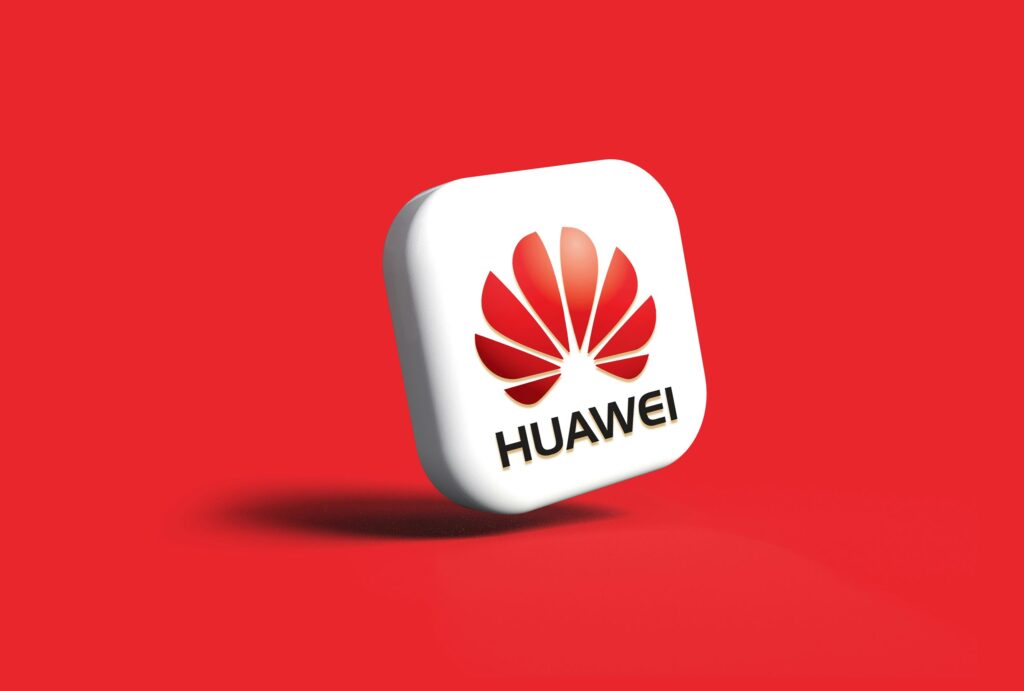Chinese tech giant Huawei has made a bold move that could potentially change who leads the global AI chip race. The company has unveiled a powerful new computing system called the CloudMatrix 384 Supernode that, according to local media reports, performs better than similar technology from American chip leader Nvidia.
If the performance claims prove accurate, the AI hardware breakthrough might reshape the technology landscape at a time when AI development is continuing worldwide, and despite US efforts to limit China’s access to advanced technology.
300 petaflops: Challenging Nvidia’s hardware dominance
The CloudMatrix 384 Supernode is described as a “nuclear-level product,” according to reports from STAR Market Daily cited by the South China Morning Post (SCMP). The hardware achieves an impressive 300 petaflops of computing power, in excess of the 180 petaflops delivered by Nvidia’s NVL72 system.
The CloudMatrix 384 Supernode was specifically engineered to address the computing bottlenecks that have become increasingly problematic as artificial intelligence models continue to grow in size and complexity.
The system is designed to compete directly with Nvidia’s offerings, which have dominated the global market for AI accelerator hardware thus far. Huawei’s CloudMatrix infrastructure was first unveiled in September 2024, and was developed specifically to meet surging demand in China’s domestic market.
The 384 Supernode variant represents the most powerful implementation of AI architecture to date, with reports indicating it can achieve a throughput of 1,920 tokens per second and maintain high levels of accuracy, reportedly matching the performance of Nvidia’s H100 chips, but using Chinese-made components instead.
Developing under sanctions: The technical achievement
What makes the AI hardware breakthrough particularly significant is that it has been achieved despite the severe technological restrictions Huawei has faced since being placed on the US Entity List.
Sanctions have limited the company’s access to advanced US semiconductor technology and design software, forcing Huawei to develop alternative approaches and rely on domestic supply chains.
The core technological advancement enabling the CloudMatrix 384’s performance appears to be Huawei’s answer to Nvidia’s NVLink – a high-speed interconnect technology that allows multiple GPUs to communicate efficiently.
Nvidia’s NVL72 system, released in March 2024, features a 72-GPU NVLink domain that functions as a single, powerful GPU, enabling real-time inference for trillion-parameter models at speeds 30 times faster than previous generations.
According to reporting from the SCMP, Huawei is collaborating with Chinese AI infrastructure startup SiliconFlow to implement the CloudMatrix 384 Supernode in supporting DeepSeek-R1, a reasoning model from Hangzhou-based DeepSeek.
Supernodes are AI infrastructure architectures equipped with more resources than standard systems – including enhanced central processing units, neural processing units, network bandwidth, storage, and memory.
The configuration allows them to function as relay servers, enhancing the overall computing performance of clusters and significantly accelerating the training of foundational AI models.
Beyond Huawei: China’s broader AI infrastructure push
The AI hardware breakthrough from Huawei doesn’t exist in isolation but rather represents part of a broader push by Chinese technology companies to build domestic AI computing infrastructure.
In February, e-commerce giant Alibaba Group announced a massive 380 billion yuan ($52.4 billion) investment in computing resources and AI infrastructure over three years – the largest-ever investment by a private Chinese company in a computing project.
For the global AI community, the emergence of viable alternatives to Nvidia’s hardware could eventually address the computing bottlenecks that have limited AI advancement. Competition in this space could potentially increase available computing capacity and provide developers with more options for training and deploying their models.
However, it’s worth noting that as of the report’s publication, Huawei had not yet responded to requests for comment on these claims.
As tensions between the US and China continue to intensify in the technology sector, Huawei’s CloudMatrix 384 Supernode represents a significant development in China’s pursuit of technological self-sufficiency.
If the performance claims are verified, this AI hardware breakthrough would mean Huawei has achieved computing independence in this niche, despite facing extensive sanctions.
The development also signals a broader trend in China’s technology sector, with multiple domestic companies intensifying their investments in AI infrastructure to capitalise on growing demand and promote the adoption of homegrown chips.
The collective effort suggests China is committed to developing domestic alternatives to American technology in this strategically important field..
See also: Manus AI agent: breakthrough in China’s agentic AI

Want to learn more about AI and big data from industry leaders? Check out AI & Big Data Expo taking place in Amsterdam, California, and London. The comprehensive event is co-located with other leading events including Intelligent Automation Conference, BlockX, Digital Transformation Week, and Cyber Security & Cloud Expo.
Explore other upcoming enterprise technology events and webinars powered by TechForge here.
